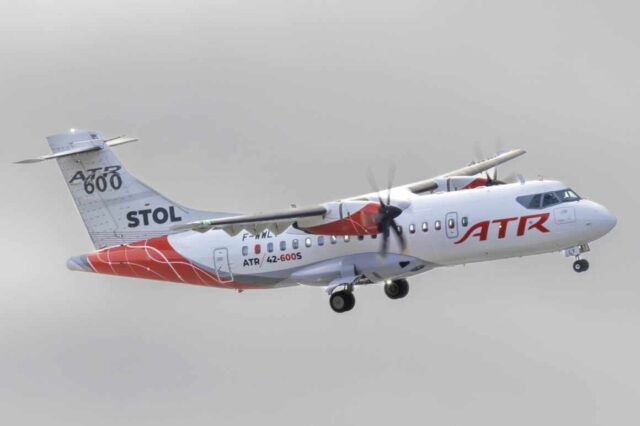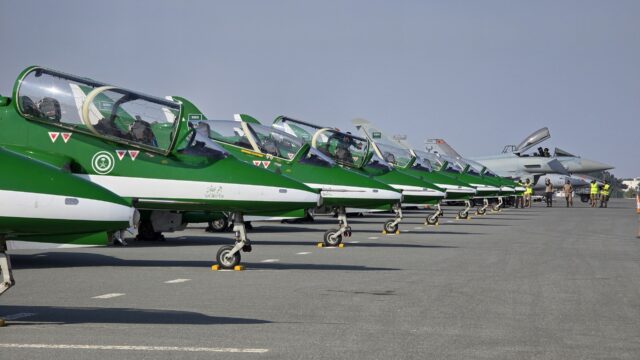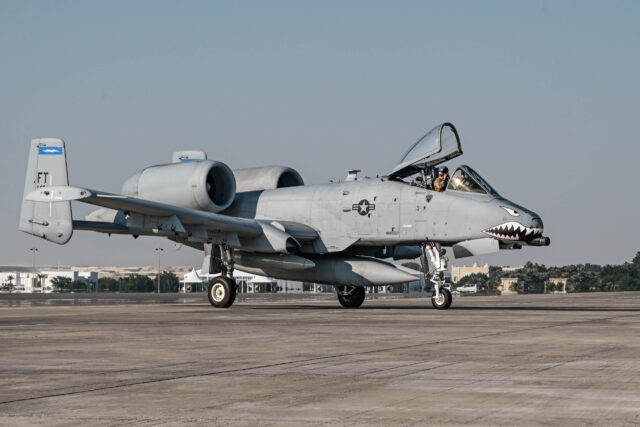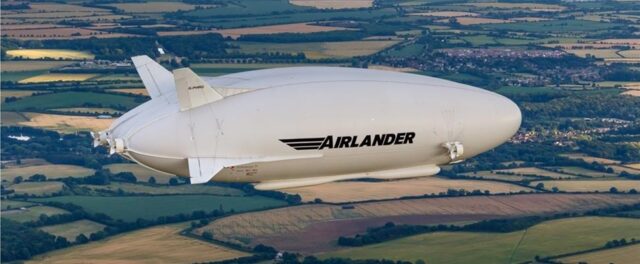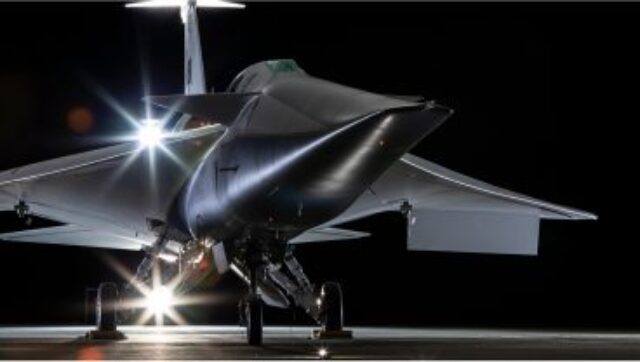Climate change: an even bigger challenge for aviation?
The Covid-19 pandemic has been the most challenging period in history for aviation. Geoff Van Klaveren, Vice President at Capgemini Invent: Travel & Transport says the industry must now face…
The Covid-19 pandemic has been the most challenging period in history for aviation. Geoff Van Klaveren, Vice President at Capgemini Invent: Travel & Transport says the industry must now face up to an even bigger challenge – climate change.
Just as aviation starts its gradual recovery from the Covid-19 pandemic – the most challenging period in history for the aviation industry – an even bigger challenge is facing the industry in the form of climate change. Governments around the world are publishing ambitious targets to tackle climate change, the UK and EU have agreed to cut emissions by 68 per cent and 55 per cent, respectively, by 2030. The US, Canada and Japan a target of 50 per cent, 46 per cent and 40-45 per cent, respectively, also by 2030. In addition, an increasing number of countries (including the UK) have proposed net zero targets by 2050.
Governments around the world are publishing ambitious targets to tackle climate change, the UK and EU have agreed to cut emissions by 68 per cent and 55 per cent, respectively, by 2030. The US, Canada and Japan a target of 50 per cent, 46 per cent and 40-45 per cent, respectively, also by 2030. In addition, an increasing number of countries (including the UK) have proposed net zero targets by 2050.
The net zero target by 2050 is a challenge for aviation given that around 80 per cent of passenger journeys are more than 1,500km where there is no easy alternative. The aviation industry has set a global target to lower emissions by 50 per cent (from 2005 baseline) by 2050. The UK aviation industry has also introduced a net zero target by 2050, but there is a question mark over whether there is sufficient investment to make this happen. Aviation accounts for 2.5 per cent of global CO² emissions (3.5 per cent of greenhouse emissions taking into account high altitude contrails).
A total ban on air transport is not a likely policy given the industry’s significant contribution to the global economy, enabling the flow of goods, people, capital technology and ideas. 35 per cent of world trade by value is carried by air and 58 per cent of international tourists travel by air, with tourism often pivotal in increasing commerce and providing income in many developing countries.
Capgemini aviation experts see opportunities for the aviation industry to address its carbon footprint in three main stages, firstly through operational improvements, secondly technological advances to realise the ultimate goal of zero emission flying and finally, as a last resort through, carbon offsetting.
More efficient operational procedures
Changes to operations to reduce fuel consumption (and therefore emissions) have been ongoing for some time. These include continuous descent approaches, one-engine taxi, and remote-control electric push back tugs and soon the development of zero-engine taxiing using electric wheel motors. In addition, the modernisation of the airway structure in Europe (Single European Sky), to allow aircraft to fly more direct flight paths, is a significant opportunity to reduce emissions. The introduction of satellite based technology such as Automatic Dependent Surveillance Broadcast (ADS-B) which gives air traffic controllers a more precise position fix of each aircraft, and performance based navigation (PBN), which enables aircraft to fly more accurate flight paths, will effectively allow aircraft to fly more closely together in safety enabling more direct and optimal flight paths. However, the political obstacles and extensive military airspace (not always available for civil aviation) are more challenging to overcome. But improved operational procedures will only reduce emissions by around 6 per cent.
Replacing taxation with carbon offsetting schemes
One of the most significant steps forward has been the introduction of a UN sponsored worldwide emissions trading scheme known as CORSIA which stands for Carbon Offsetting and Reduction Scheme for International Aviation. CORSIA caps global emissions at 2019 levels with airlines required to purchase carbon offsets for flights above the baseline. The key targets are for carbon neutral growth going forward and a 50 per cent net reduction in emissions by 2050 (from 2005 baseline). Currently airlines covering 75 per cent of global emissions are signed up to the scheme.
This scheme is important because previous economic studies have proven that taxing travellers does little to reduce carbon emissions. There is a direct link between innovation and cashflow and therefore higher taxation risks making the situation worse by reducing the operating cashflow available to airlines to renew their fleet with lower emission aircraft. Similarly, state subsidies of ailing flag carriers around the world has slowed progress towards a more efficient industry with newer aircraft and higher load factors.
R&D into new forms of propulsion
In contrast to motor vehicles, battery power is unlikely to be transformational for aviation because of its lack of energy density. For this reason, electric aircraft are likely to be constrained to very small aircraft (less than 20 seats) flying very short distances (300km). So, the practical uses are likely to be limited to pilot training and short regional flights but not a solution for affordable mass transit.
The announcement by Airbus that they are developing a Hydrogen-electric aircraft for short and medium-haul travel is promising but these aircraft are not expected to be available before 2035. Hydrogen is lighter than jet fuel but more voluminous and therefore requires significant aircraft redesign so the task is not without its challenges but could be a realistic solution for intra-European flights within 10-15 years.
Investment into sustainable aviation fuels
A recent study by Eurocontrol found that in 2020, around 50 per cent of aviation CO2 emissions were generated by just 6 per cent of flights departing Europe flying long-haul over 4,000km, although its worth bearing in mind that aircraft flying these longer routes usually carry at least twice as many passengers as those flying shorter routes. London to New York is around 5,600km for example. Long-haul flights are also the hardest to substitute. The development of sustainable aviation fuels (SAF) is key but it is currently expensive and there is a lack of supply – even by 2025 there will only be enough SAF to power 2.5 per cent of the world’s flights. The key advantage of SAF is that it doesn’t require material modification of the aircraft design so can be easily substituted instead of jet fuel. If governments really want to help the airline industry become carbon neutral, they should divert some of the $136bn raised in tax revenue from airlines and their customers to development of sustainable aviation fuels. IAG has recently given itself a target of having 10 per cent of its flights using SAF by 2030.
Conclusion
In conclusion, we do believe that aviation can eventually become net zero but it is going to take time because we don’t yet have the technology available to replace aircraft burning fossil-fuels. A robust global carbon offsetting scheme ‘buys time’ to allow development of sustainable aviation fuels and new forms of propulsion such as hydrogen electric or hybrid aircraft.
